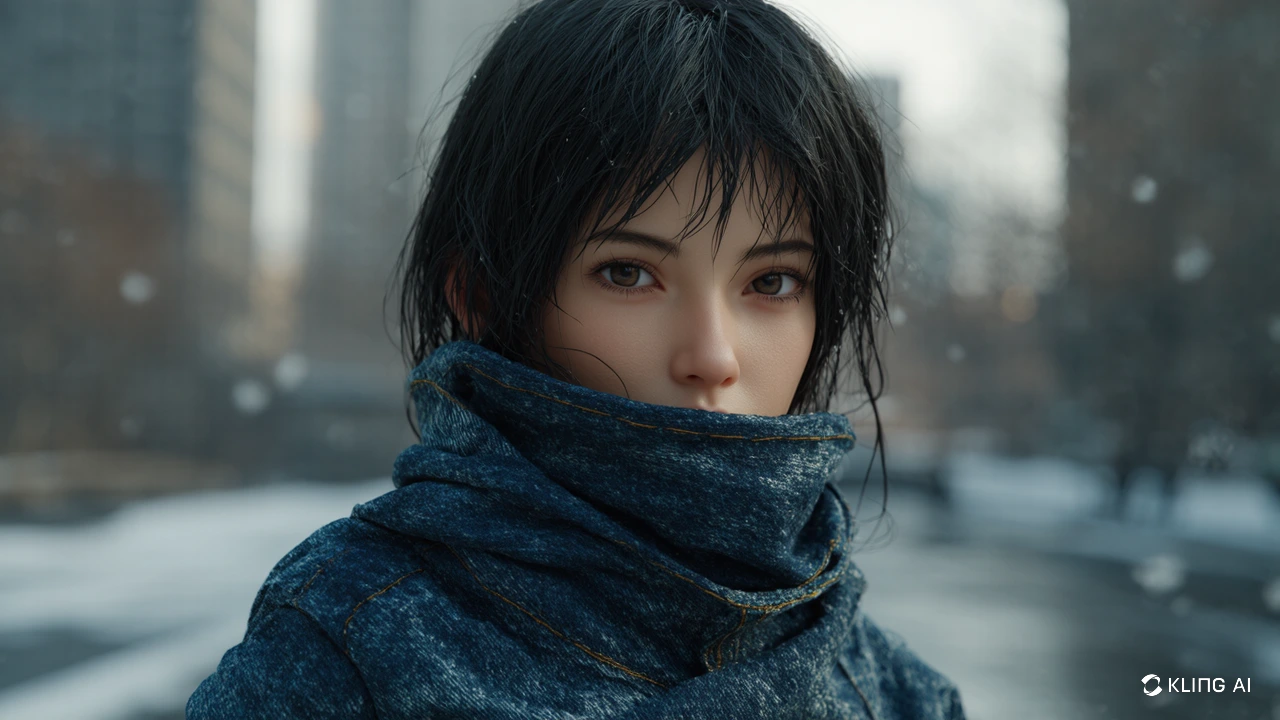How to Draw a Character: Step-by-Step Design Guide for Beginners

🎨 How to Draw a Character – Character Design Basics for Artists, Illustrators & Creators (2025 Edition)
Great character design isn’t just about drawing pretty faces—it's about building a personality, a story, and a silhouette that viewers can recognize in seconds. Whether you’re creating characters for animation, comics, games, or personal IPs, understanding the fundamentals of visual storytelling is essential.
In this complete guide, we’ll walk through the core principles of character design, from stylized anatomy and personality traits to costume design and storytelling accessories.
🧍 Section 1: Silhouette Theory – Form Speaks First
A strong silhouette makes a character recognizable at a glance, even in black and white. It’s your first storytelling tool.
🔹 Shape Language:
Round Shapes: Safe, soft, approachable
Common in heroes, children, sidekicks
(e.g., Baymax, Kirby)
Angular Shapes: Dangerous, intense, chaotic
Used in villains, rivals, or aggressive types
(e.g., Maleficent, Joker)
Square Shapes: Stability, strength, dependability
Found in warriors, tanks, protectors
(e.g., Mr. Incredible, Wreck-It Ralph)
✂️ Negative Space:
Use intentional gaps between limbs, weapons, or hair to enhance readability
Test with black-fill silhouettes to spot unclear forms
Pro Tip: If your character’s pose reads clearly in silhouette, it will stand out in any scene.
📏 Section 2: Proportions & Anatomy – Stylized vs Realistic
Understanding basic anatomy allows you to bend the rules with purpose. Choose a proportion system that suits your style and genre.
📐 Common Styles:
Chibi / Super Deformed: 2–3 heads tall
Overemphasizes cuteness; used in mobile games, children’s media
Anime Proportions: 5–7 heads tall
Stylized realism; balance of beauty and exaggeration
Realistic Proportions: 7.5–8 heads tall
Used in comics, cinematic concept art, figure drawing
⚖️ Stylized Exaggeration:
Elongated limbs = Elegance (e.g., ballerinas, elves)
Large hands/feet = Goofy or expressive (e.g., cartoon mascots)
Big heads = Youth, emotion-driven design
Design Tip: Purposeful exaggeration creates instantly memorable silhouettes.
😃 Section 3: Personality Through Posture & Expression
A static character tells no story. Posture, expression, and gestures reveal who your character truly is.
🧍♀️ Stance & Body Language:
Heroic/Confident: Chest up, arms out, feet firmly planted
Shy/Anxious: Shoulders hunched, head tilted down, knees together
Rebellious/Relaxed: Hip cocked, one arm hanging, asymmetrical posture
🧠 Facial Design:
Large Eyes: Innocence, wonder, youth
Narrowed Eyes: Suspicion, maturity, mystery
Mouth & Brows: Shape the emotion with subtle tweaks (lifted brows for shock, downward mouth for gloom)
🖍 Gesture Drawing:
Practice 30-second to 2-minute poses to capture fluid movement and emotional essence
Animation Tip: “Attitude is silhouette.” If the body reads, the character breathes.
🎨 Section 4: Stylistic Consistency – Match Genre & Medium
A good character fits their world. Keep your artistic style consistent across all design elements.
🖋 Style Matching:
Cartoons: Simplified anatomy, big expressions, exaggerated physics
Anime/Manga: Sharp linework, detailed eyes, clean shading
Realism: Subtle line variation, complex muscle groups, muted palettes
🖌 Line Art Tips:
Use thicker lines for outer contours in cartoons
Vary line weight based on light direction and material type
Blend or break lines in realism for more organic results
Style Tip: Define your design rules early and apply them to everything from faces to props.
🎭 Section 5: Storytelling Through Costume & Accessories
A character’s outfit, gear, and details tell us about their culture, job, personality, and past—before they say a word.
🧥 Costume Clues:
Asymmetrical Design = Chaos or rebellion
Tattered Clothing = Survival, poverty, warrior scars
Layered Fashion = Modern complexity or disguise
⚔️ Props & Visual Symbols:
Weapons: Type and wear show experience level
Backpacks, pouches: Adventurer or tech-savvy types
Tattoos, Jewelry, Trinkets: Culture, memories, lore, religion
Worldbuilding Tip: Design costumes that evolve across narrative arcs (e.g., armor damage, class upgrade, disguise version).
💡 Pro Tips – Build Your Own Design System
🎨 Mood Boards: Curate references for era, genre, tone, and palette
📸 Photograph Yourself: Pose as your character for gesture accuracy
📑 Turnarounds & Expression Sheets: Show front, side, back + emotion range
🔁 Archetype Remixing: Flip clichés—e.g., a muscular healer, or an innocent villain
🧠 Think Beyond the Body: What do they fear? What’s in their pockets?
🛠 Tools & Daily Exercises
🧰 Recommended Software:
Procreate: Symmetry tool for clean design
Clip Studio Paint: 3D mannequin posing, outfit rendering
Blender: Block out character forms in 3D for rotation studies
✏️ Daily Practice Challenges:
🔄 Redesign a classic character (Mario, Elsa, Batman) in your style
👥 Create 3 silhouettes for one character personality and choose the strongest
🎭 Draw 5 expressions with consistent anatomy
🎽 Design an outfit set: casual, combat, formal
🎬 Final Thoughts – Make Characters That Live Beyond the Page
Character design isn’t just about anatomy—it’s about emotion, identity, and function. When you combine strong silhouettes with personality-driven choices and narrative visuals, your characters feel alive, memorable, and iconic.
So start with a pose, find their purpose—and draw characters that stand the test of time.